I've made my share of content marketing mistakes.
I've watched eagerly as a new infographic got little traction. I've spent weeks crafting an e-book almost no one downloaded. And I've seen blog posts that took days to perfect languish with double-digit reads.
Through the years though, I've managed to slowly transform from a mediocre content marketer to one that delivers consistent results. I discovered what truly makes content connect with its intended audiences and drive action.

In this post, I want to save you some pain by sharing the biggest lessons I've learned about creating high-converting B2B content for SaaS businesses. These are practical, battle-tested techniques stemming from both my wins and failures.
Know Your Audience Intimately
The foundation of any good content strategy is having an in-depth understanding of your target audience. Don't just know their demographics and firmographics. Truly understand their day-to-day challenges, goals, motivations, and information consumption habits.

Here are some tips:
- Conduct buyer interviews - This qualitative research is invaluable. Ask about their role, pains and needs, how they research solutions, what content they consume, and from which publishers.
- Leverage intent data - Use tools like Bombora to uncover the topics and issues your audience is researching online. Adapt your content to align with these intent topics.
- Analyze competitors' top content - Study what content resonates most with your audience, including from competitors. Identify content gaps you can fill.

The better your content is tailored to your audience, the more likely they will be attracted to it.
Map Out The Buyer's Journey

B2B buyers today conduct extensive research before engaging with sales. Make sure you have content tailored to every stage of your audience's buyer's journey.
Here's an overview of key stages and goals for content:
| Stage | Goal | Format Examples |
|---|---|---|
| Awareness | Attract new visitors and establish your brand as an authority | Blog posts, ebooks, guides |
| Consideration | Educate prospects so they consider you over alternatives | Case studies, product demo videos, ROI calculators |
| Decision | Provide evidence your solution works to convince prospects to buy | Analyst reports, customer testimonials, free trials |
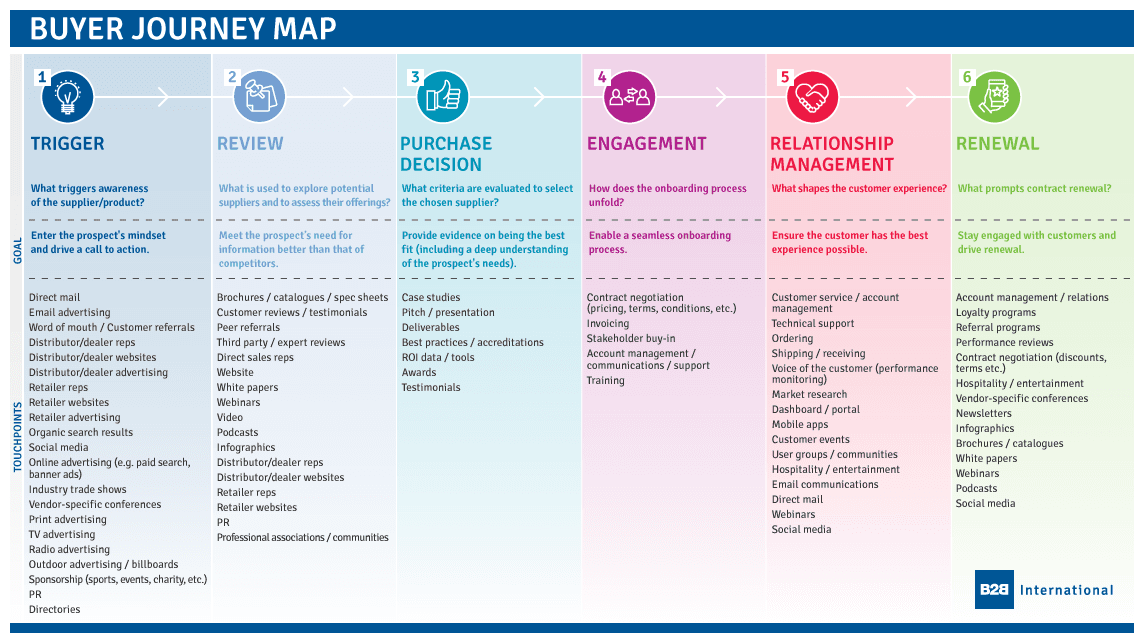
When brainstorming content ideas, first map out your audience's journey and identify gaps at each stage. This content mapping ensures you develop the right mix of assets to move prospects smoothly towards becoming customers.
Commit To An Owned Media Content Engine

While an organic approach works initially, to scale your content marketing, you need to build an “owned media engine” that produces content at a steady cadence.
Here are the key elements of an effective owned media engine:
Centralized topic ideation - Maintain a master editorial calendar to coordinate topics across blogs, social media, emails, ads, and other channels.
OSINT tools - Use online intelligence tools to uncover the most relevant topics and timely hooks. I rely on tools like Buzzsumo, Ahrefs, and Google Trends.
Predictable creation processes - Standardize content creation processes for efficiency. For example, have templated frameworks for different content formats like category comparison blogs and troubleshooting flowcharts.
Multimedia focus - Incorporate more audio, video, and interactive content which performs well. I aim for ~40% of our output to be multimedia.
Promotion playbooks - Have repeatable processes for repurposing and promoting content across channels to extend reach. For instance, turn blog posts into LinkedIn articles or video clips.

This owned media engine approach significantly amplifies the ROI of your precious marketing resources.
Leverage Compelling Storytelling

Stand out by using narrative storytelling techniques to craft compelling content. Most B2B content today remains too dry, corporate, and focused on features instead of value.
Here are impactful storytelling tactics I use:
Hero-centric framing - Position target users as the heroes overcoming specific challenges with your “mentorship”. Guide them on an inspirational journey to success.
Vertically focused personae - Develop detailed narratives of representative user personae instead of talking abstractly about broad roles. Make it relatable.
Scenario-based examples - Illustrate solutions working successfully through realistic customer stories. Quantify value delivered via metrics like ROI.
“Before and After” - Contrast the fruitless status quo with the “promised land” your offering enables. Strive for dramatic yet credible narratives.

While this story-driven framing requires more creativity, the payoff can be immense. Implement one storytelling element at a time until it becomes second nature.
Create Evergreen “Category King” Content

Instead of only chasing trends, dedicate 30-50% of your content efforts to developing truly evergreen in-depth assets around key themes. These should hold relevance for 18–36 months.
Some evergreen content formats that tend to age well:
- Ultimate guides/handbooks
- Maturity model assessments
- Category comparison frameworks
- Annual research benchmarks
- ROI calculators and interactive tools
I aim to produce 2-3 new “evergreen pillar” pieces quarterly. Repurpose these across formats - blogs, gated offers, video explainers, podcast interviews etc. Keep building your library of evergreen content that remains a magnet for qualified traffic.
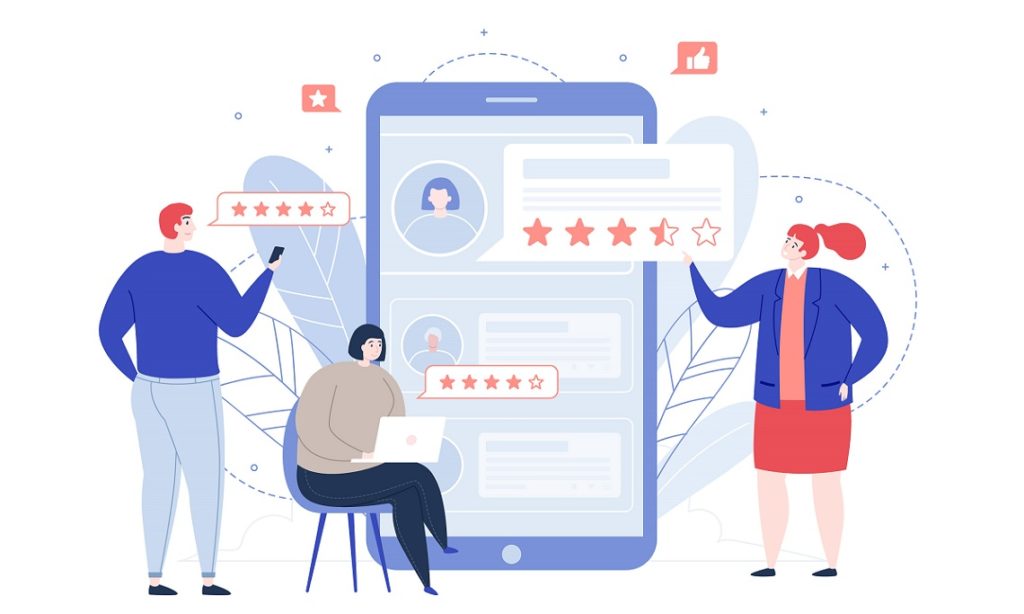
Turn Customers Into Advocates
Your best content creators are right under your nose - your customers. Enable delighted customers to actively promote your brand vs. just passively using your product.
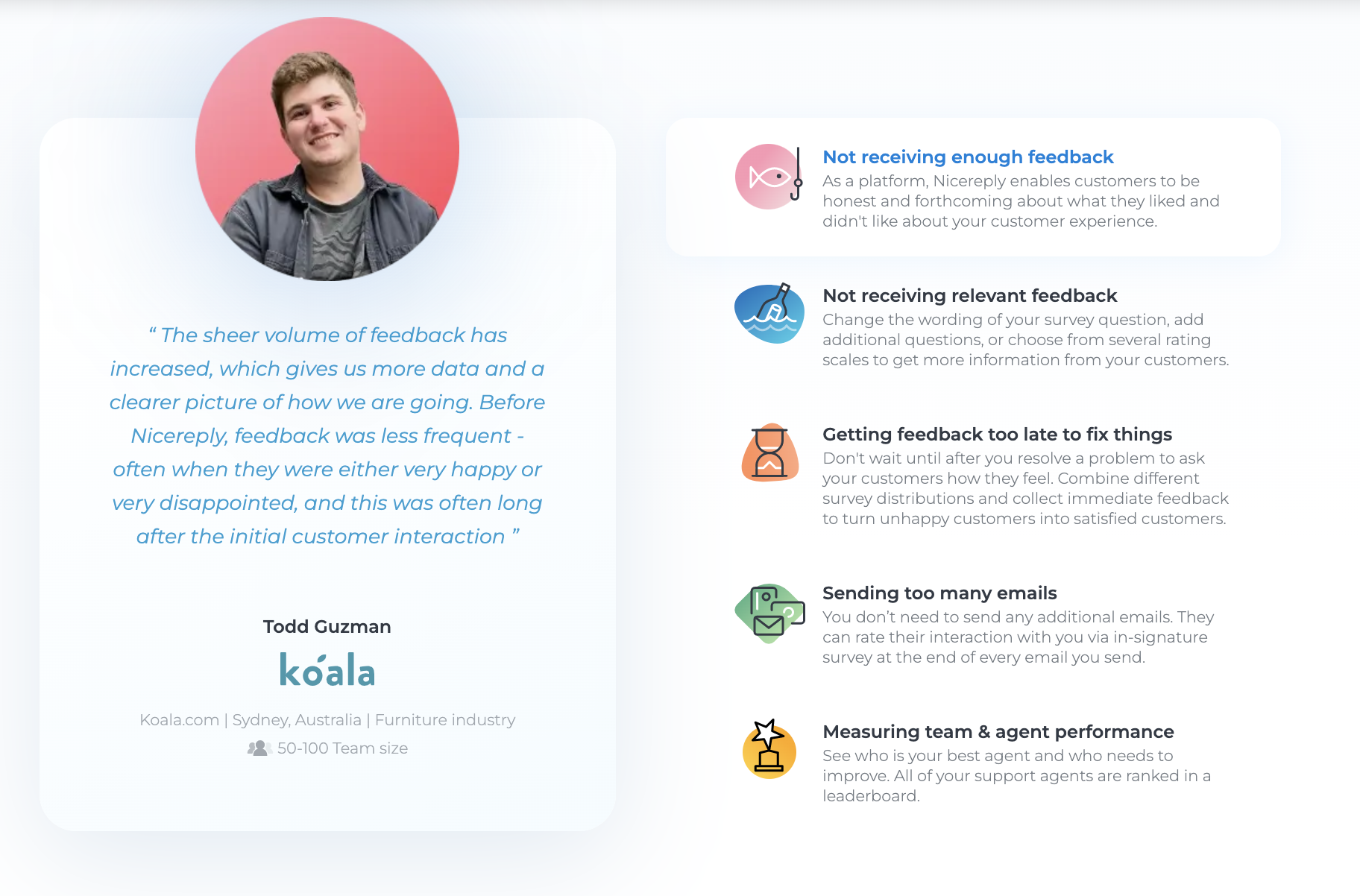
Here are proven ways to mobilize customer evangelism:
Case study program - Proactively gather success stories from customers then co-create polished case studies to showcase ROI achieved.
Advocacy training - Educate customers on easy ways to support your brand - content sharing, referrals, reviews, references etc.
Exclusive early access - Reward top advocates by giving them early previews of upcoming releases and content assets to share.
Co-creation initiatives - Collaborate with advocates to co-develop content like guest blog posts, podcast interviews, and co-bylined e-books.
Leveraging customer content and advocacy can drive double-digit gains in marketing qualified lead growth.
Embrace Multi-Channel Distribution
Don't just rely on organic discovery. Be more proactive using automated nurture tracks to push content directly into the hands of prospects.
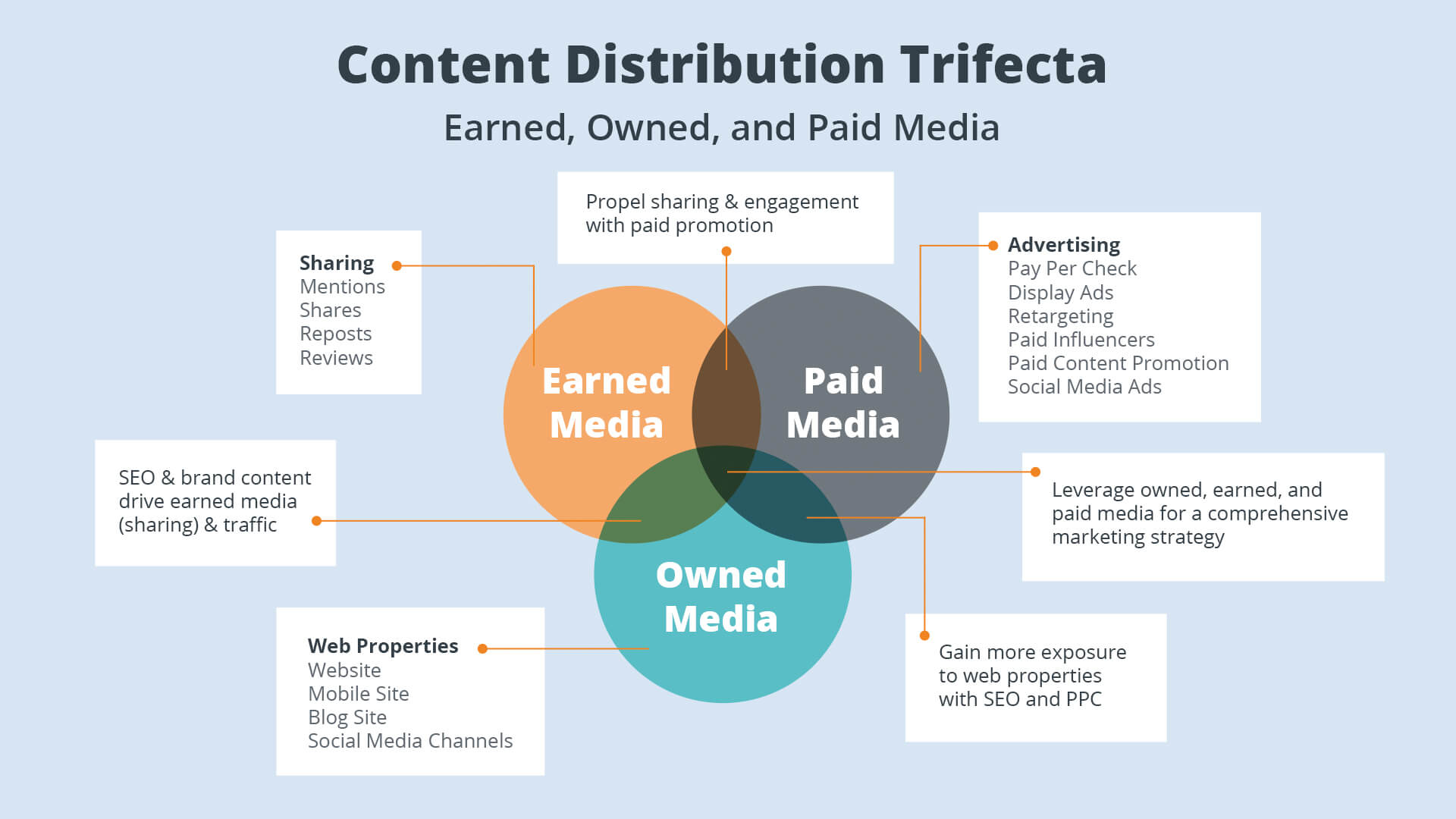
Here are key channels to incorporate:
Email nurturing - Promote new assets through drip campaigns and outreach by SDRs to qualified prospects.
Paid ads - Amplify reach for high-performing offers using LinkedIn Sponsored Content and Google Discovery ads.
Partnerships - Distribute co-created partner content like co-branded e-books. Expand reach into new audiences.
SEO - Ensure on-page optimization and backlinks to accelerate organic discovery by search engines.
Reviews/round-ups - Actively submit quality new assets like e-books for inclusion in review sites, round-ups and recommenders.
Getting your content actively pushed across channels gives it a higher chance of connecting with the right audiences.
Continually Optimize And Evolve
To sustain content marketing success, continually evaluate performance and listener feedback to guide your strategy.
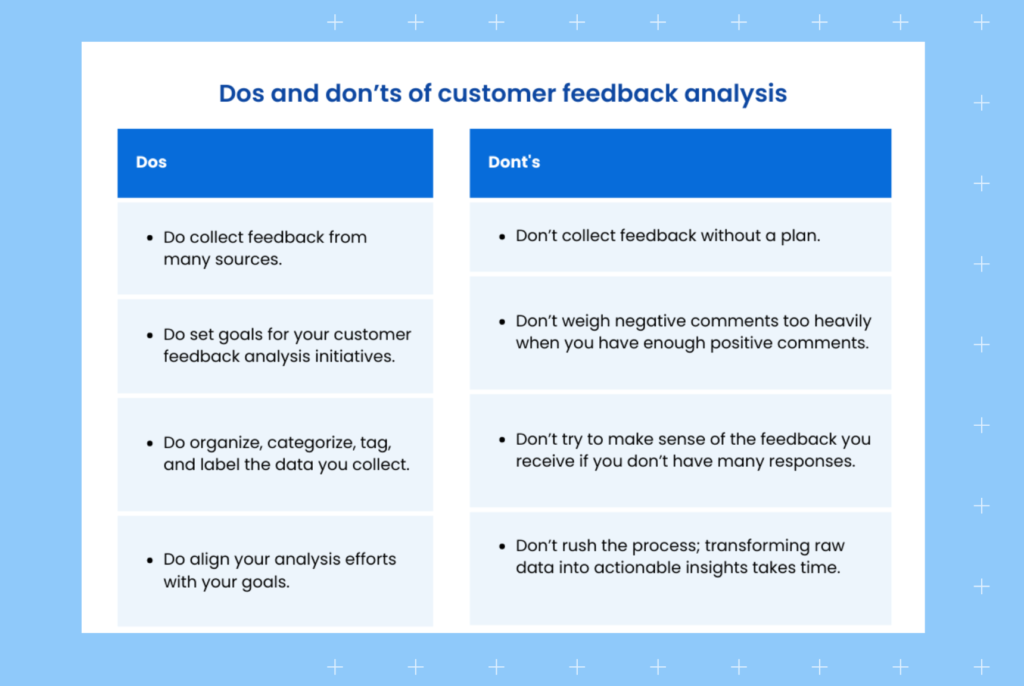
Here are key metrics and inputs I analyze monthly:
- Content engagement rates
- Sales qualified lead (SQL) conversion rates
- Net Promoter Scores (NPS)
- VoC insights from sales and customer research
- Google Analytics behavior flow analysis
- Ideal customer profiling trends
Seek opportunities to expand on well-performing content areas and themes. Double down on what works while phasing out less relevant content.
This continuous optimization and evolution will ensure your content stays closely aligned to audience needs as they change over time.
Final Thoughts
Competing effectively as a B2B marketer today requires mastering the art and science of strategic content marketing. However, with the right audience-focused mindset and a methodical approach, you can create high-converting content that delivers tremendous business impact.
What other content marketing best practices have you found effective? I welcome your thoughts and experiences in the comments. Let's keep this important conversation going.






